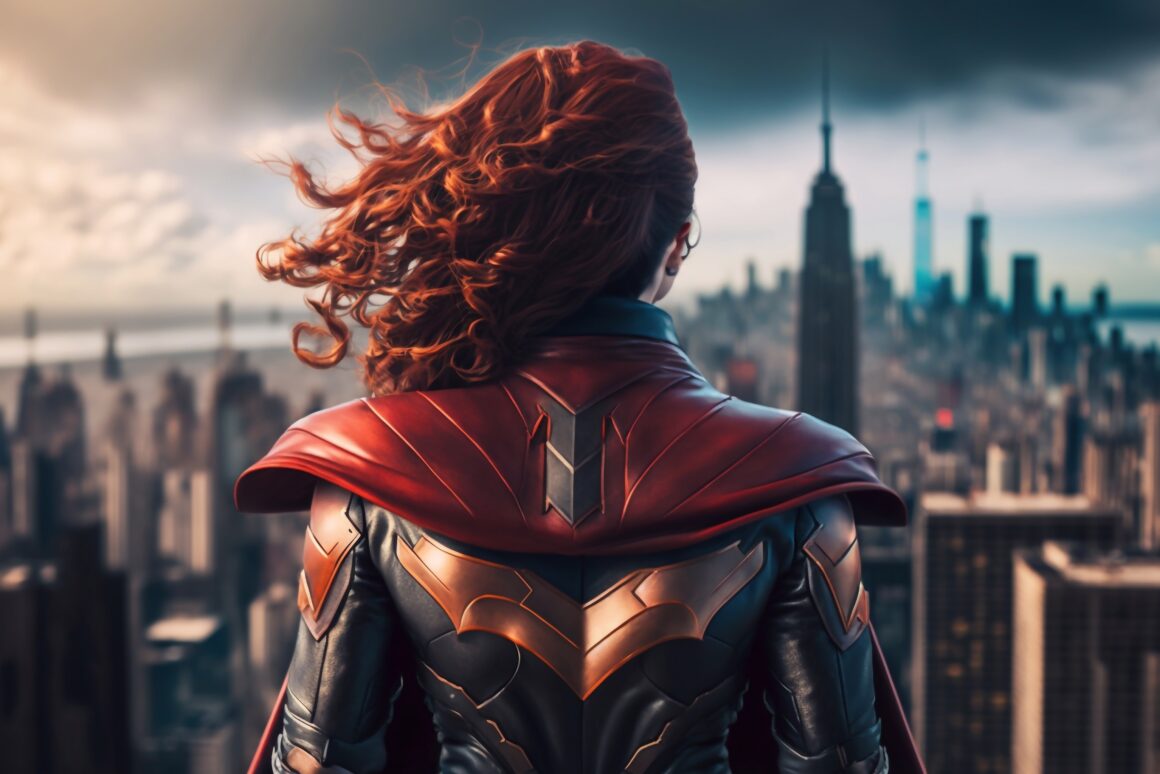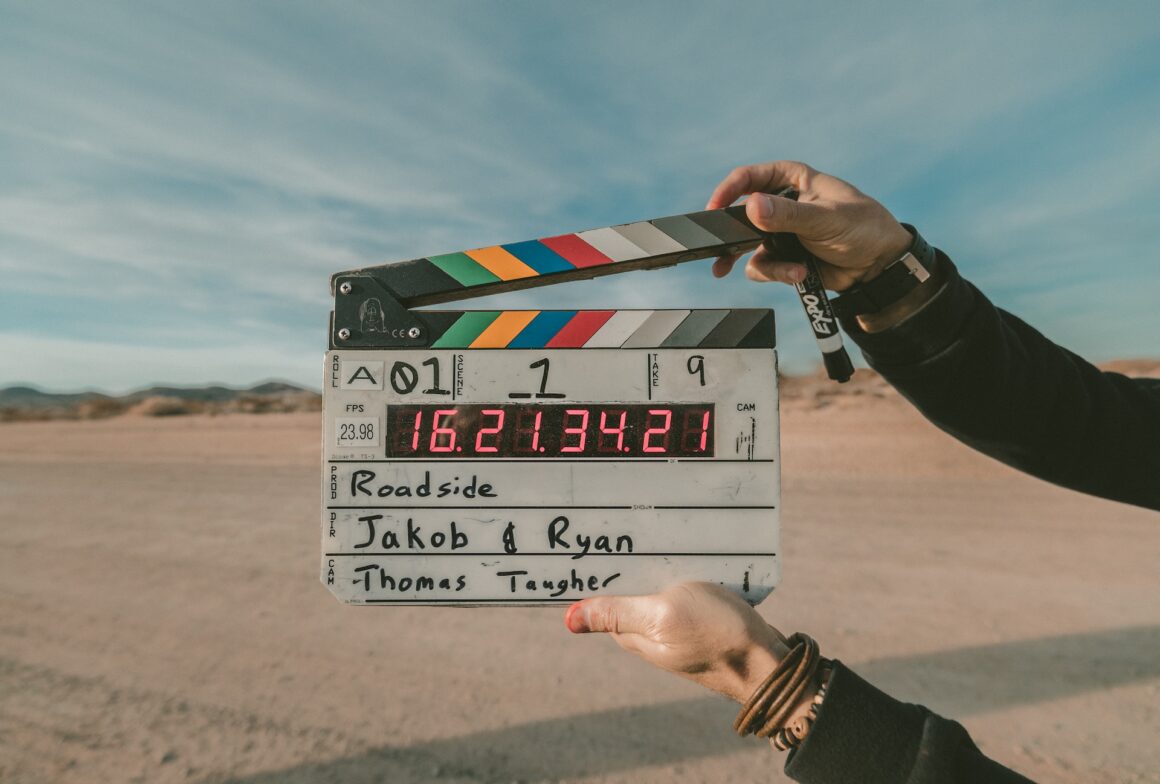Some may be thinking, “Is there anything the Degrassi series hasn’t done?” It seems like the Canadian series recycles old ideas to create a modernized twist that’s relevant today. The long awaited season 3 of Degrassi: Next Class released on Netflix this Friday, and the ten episodes were straight-up dark, which kept my attention throughout it all. I reviewed the first Season here, and even though I was delighted with the topics discussed, it made me miss “The Next Generation” a little more, but I’d honestly watch the series no matter what as a loyal lifelong fan. This newest one was my favorite by far, each of the characters getting their own storylines that happen to intertwine with each other, building unlikely alliances seamlessly. Even though some of the dialogue was downright painful, the themes themselves were creative and well thought out.
The first episode introduced an influx of refugees from Syria, one named Saad, who used his photography skills to document the disasters in his home country and to recreate violent scenes from the school bus crash with a struggling Maya as his model. The other is Rasha, a lesbian who is completely comfortable with herself and doesn’t feel like her sexuality interferes with her faith. Goldi, a down-to-earth fan favorite was ecstatic when she finally found a friend who was also Muslim. Both of the girls struggled with whether to wear their hijabs or not, and they realized that whatever choice they make doesn’t make them any less or more Muslim than the other. This is a narrative like no other, and the writers did it justice.
Going back to Rasha, the LGBT characters were in full force. Instead of one or two “token gay” characters many TV shows like to play around with, there was a handful to love. Whether you feel as if your religion won’t let you be yourself (Rasha), not fully knowing if you’re want to be identified as gay or bisexual (Miles, they finally addressed this), or you don’t feel like your family will accept you (Zoe), there most likely will be a character easy to identify with.
Season 2’s finale left us with quite the cliffhanger when the Degrassi school bus was in a fatal highway accident. The only two people exhibiting real trauma from the crash were a comatose Tristan and Maya who fell into a bit of depression. Degrassi has dealt with depressed characters before, but none quite like this. Instead of feeling sad, Maya felt numbness and anger, but only felt something different by the idea of death. She romanticized it by thinking of passing as a peaceful release opposed to a devastating end. So, Maya (happily?) drowned herself with pills and experienced a high before blacking out and foaming at the mouth. The last episode ended with the older Matlin sister saying she’ll be okay, but Maya’s state/feelings won’t be known until season 4.
The TV show has also dealt with pregnancy/abortions numerous times, but Lola’s situation was unique. Her choice to get an abortion was frightening but guilt-free. Even with copious amounts of hours researching her condition, she knew from the get-go she was not ready for a child, nor did she desire motherhood.
Internalized misogyny was touched on a bit when Yael shamed her fellow women for spending time and money on hair and makeup, calling it “the patriarchy oppressing you,” having the learn that true feminism is rooted in the power of choice. Little conflicts like these which make you reevaluate your opinions on controversial subjects were scattered around in each episode.
From stalking to period-shaming, it seems as if the writers did not miss a thing. Even though we all miss the old Degrassi, I highly recommend giving this renovated version a chance. I don’t know how season 4 could top 3, but I’m excited to see what they come up with.




